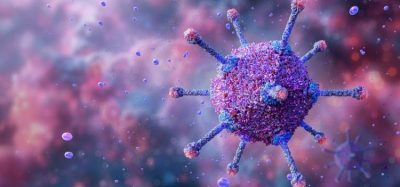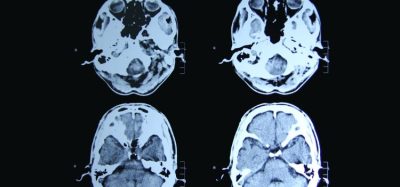Pharmacopeial Discussion Group releases major particulate contamination update
Posted: 27 August 2025 | Catherine Eckford (European Pharmaceutical Review) | No comments yet
Revisions to the harmonised general chapter “Particulate Contamination (Q-09)” aim to improve pharmaceutical drug development.


Testing procedures for sub-visible particulate matter in all injectable products are being standardised in a new update from the Pharmacopeial Discussion Group (PDG).
The Group’s revised harmonised general chapter “Particulate Contamination (Q-09)” is now available, following sign-off on 2 May.
The PDG comprises of the European Pharmacopoeia (Ph. Eur.), the Indian Pharmacopoeia Commission (IPC), the Japanese Pharmacopoeia (JP) and the United States Pharmacopeia (USP).
This new version of the chapter provides a “more robust and adaptable” standardisation process for testing procedures for sub-visible particulate matter in all injectable products in these regions, according to the European Directorate for the Quality of Medicines & HealthCare (EDQM).
Key changes to the general chapter include:
- Definition clarification
- Guidance on sample preparation, especially for formulations with a volume of 25 mL or less
- Method 1 (light obscuration particle count test) updates
- Method 2 (microscopic particle count test) updates.
This new version of the [Particulate Contamination (Q-09)] chapter provides a more robust and adaptable standardisation process for testing procedures for sub-visible particulate matter in all injectable products in these regions”
For example, while the revision noted that Method 1 is preferable to use when examining the parenteral preparation for sub-visible particles, “not all parenteral preparations can be examined directly for sub-visible particles by one or both of these methods”.
However, “when Method 1 is not applicable, eg, in case of preparations having reduced clarity or increased viscosity (some emulsions, suspensions, colloids, and liposomal preparations are examples)”, testing via Method 2 should be used.
Yet since the methods measure different characteristics, “the two methods cannot be considered interchangeable”, according to the PDG.
Publication of “Particulate Contamination (Q-09)” chapter revision
The corresponding texts are scheduled for publication by each member of the PDG in:
- July 2025 (USP text <788> with <787> to be omitted in the future)
- April 2026 (JP general test <07>)
- July 2026 (Ph. Eur. general chapter 9.19).
Having joining in 2023, as the PDG’s newest member, the IPC will implement the text at a later stage than other members.
As part of their collaborative work to improve global quality standards, the European and Japanese Pharmacopoeias last year partnered to harmonise pharmacopoeial standards for active substance and medicinal product monographs.









